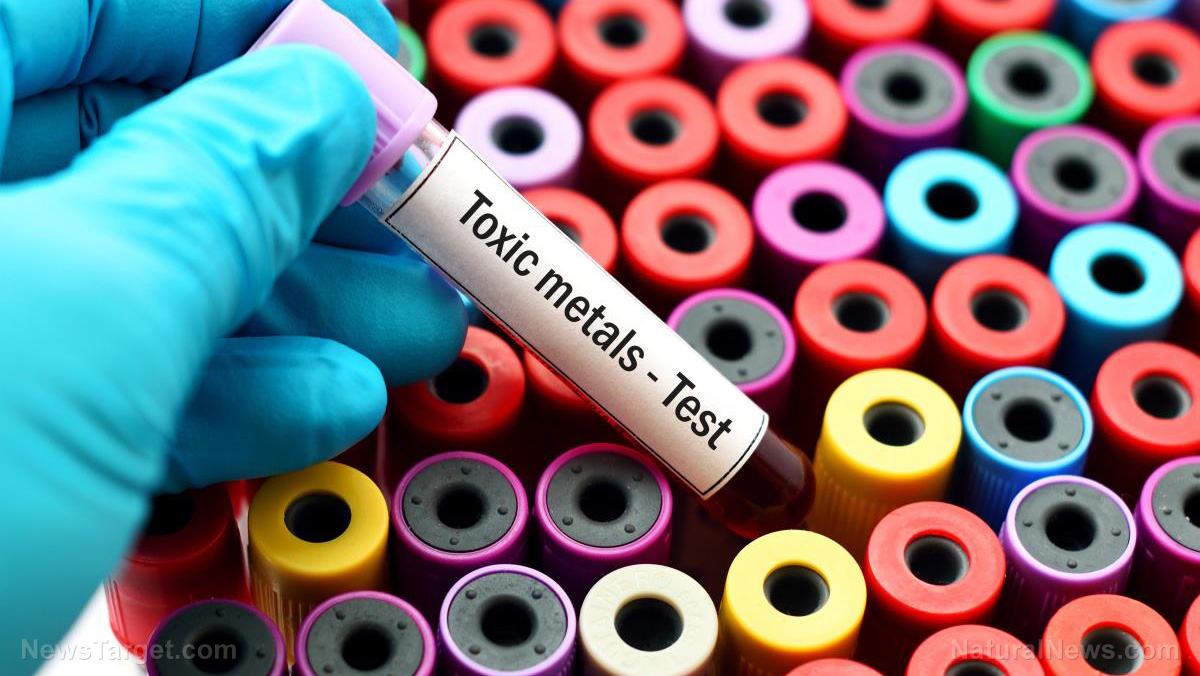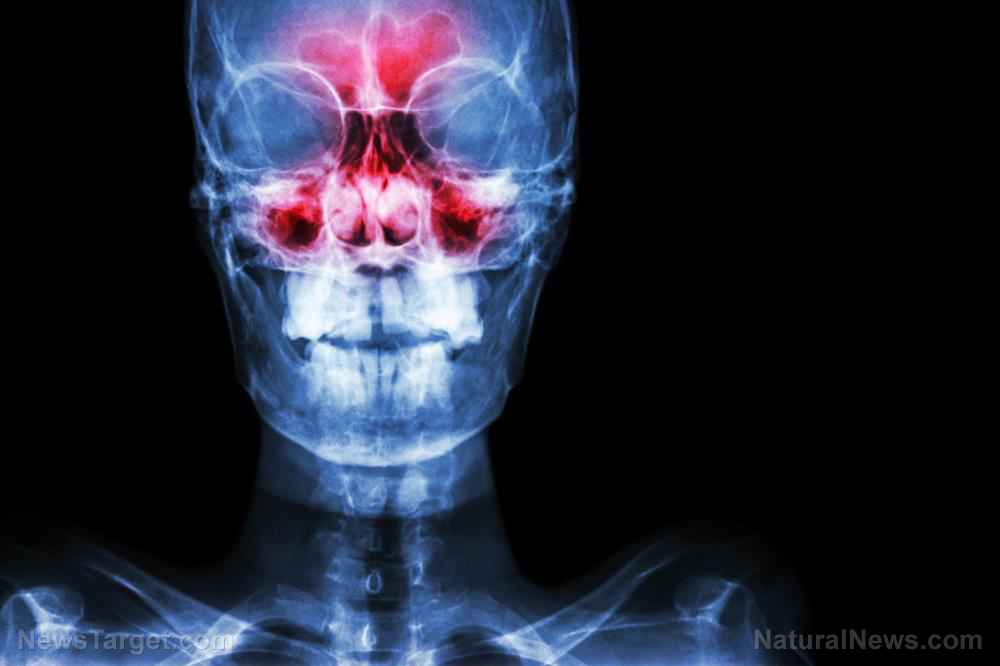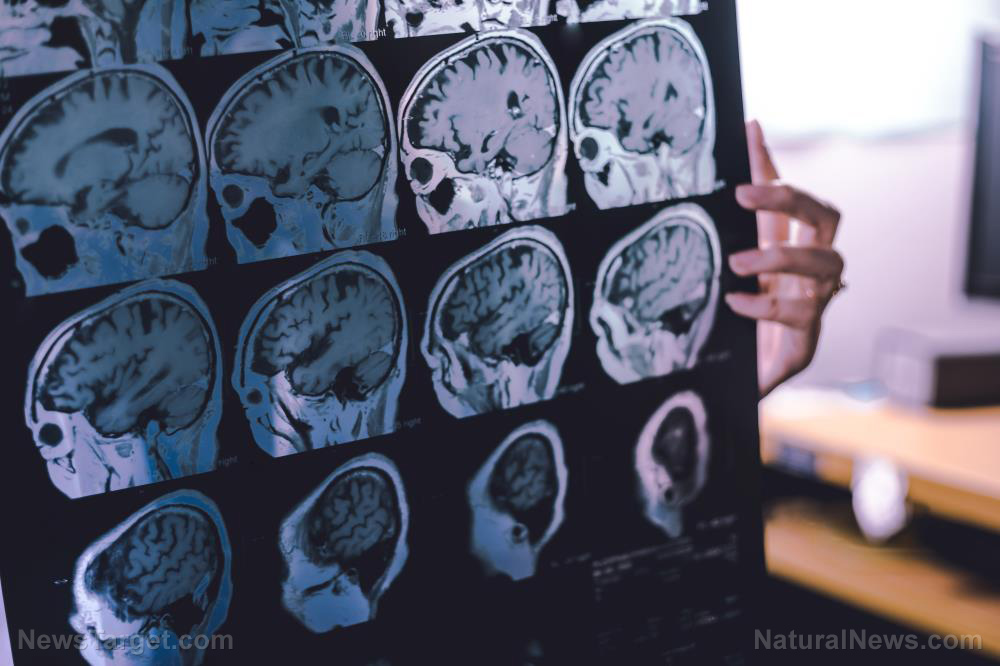
Health experts warn that even short term exposure to the chemical can be detrimental to the body's overall health. Symptoms of cadmium poisoning range from common conditions -- such as headache and fatigue -- to more alarming conditions such as anemia and a lack of sense of smell. Some of the more common symptoms of cadmium poisoning include: headache, vomiting, and fatigue.
On the other hand, some of the most harmful symptoms of cadmium poisoning include:
- Anemia -- Like any other heavy metal, cadmium can lead to anemia. Anemia is the most common blood disorder in the U.S., which is characterized by a marked decline in the number of circulating red blood cells. The blood disorder affects more than three million Americans and about 1.62 billion people worldwide.
- Emphysema -- Cadmium is known to induce extensive lung damage among exposed individuals. Emphysema is a detrimental condition that greatly affects the body's respiratory system. The debilitating disease is a long-term medical condition mainly characterized by shortness of breath. This shortness of breath is caused by over-inflation of the alveoli in the lungs, which in turn inhibits proper gas exchange during exhalation.
- Anosmia -- Extensive cadmium exposure is found to cause anosmia, the medical term for the loss of sense of smell.
- Kidney dysfunction -- A study published in Nephrology and Physiology revealed that exposure to a heavy metal like cadmium may potentially trigger kidney dysfunction in people. Heavy metals are found to cause a plethora of kidney disorders of varying severity such as tubular dysfunction, acquired Fanconi syndrome, and severe renal failure.
- Reduced bone mineral density -- High cadmium exposure is also known to adversely affect the bone health. According to experts, exposure to the heavy metal may significantly reduce the bone's mineral density.
- High prostate cancer risk -- A 2008 study conducted by researchers at the University of Rochester Medical Center revealed that excessive exposure to cadmium may raise the odds of developing prostate cancer. According to the research team, cadmium exposure usually comes from smoking and poor diet.
Detrimental diseases associated with cadmium exposure
The Center for Disease Control and Prevention (CDC)'s Agency for Toxic Substances & Disease Registry (ATSDR) has created a list of some of the most detrimental conditions linked to high cadmium exposure. According to the ATSDR, occupational exposure to cadmium may trigger the onset of obstructive lung disease and emphysema. Studies also show that cadmium exposure is tied to various forms of cardiovascular conditions such as increased systolic blood pressure, depressed atrial natriuretic peptide levels, increased blood aldosterone levels, and sodium and salt retention.
Exposure to the heavy metal is also associated with the onset of skeletal lesions. According to the agency, clinically significant bone lesions commonly set in late and may include other conditions including pseudofractures, osteomalacia, and osteoporosis. The heavy metal is also linked to developmental issues and birth defects. Women who had high occupational cadmium exposure are also found to have higher rates of pre-term labor than those who had lower exposure. In addition, excessive cadmium exposure is associated with the onset of "itai-itai" or "ouch-ouch" disease in older Japanese women.
Sources include:
Please contact us for more information.























